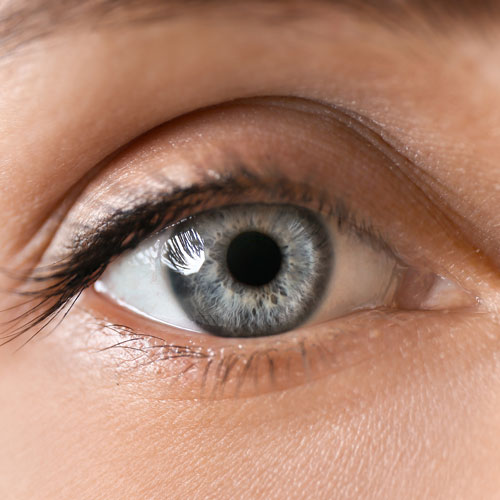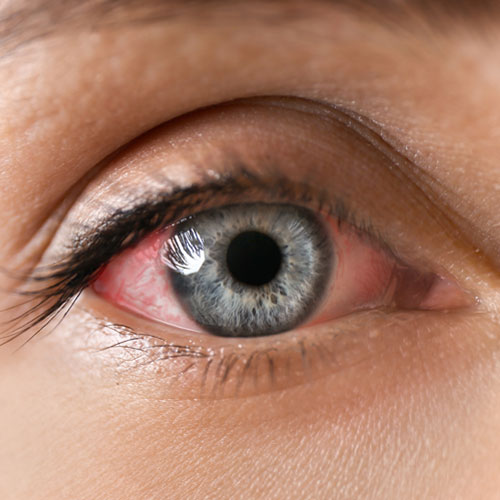What is uveitis?
Uveitis is a general term describing a group of inflammatory diseases that produces swelling and destroys eye tissues. It can happen at all ages and primarily affects people between 20 and 60 years old.
The term “uveitis” is used because the diseases often affect a part of the eye called the uvea. Nevertheless, uveitis is not limited to the uvea. These diseases also affect the lens, retina, optic nerve, and vitreous, producing reduced vision or blindness.
Uveitis can be classified as:
- Anterior uveitis
- Intermediate uveitis
- Posterior uveitis
- Panuveitis









